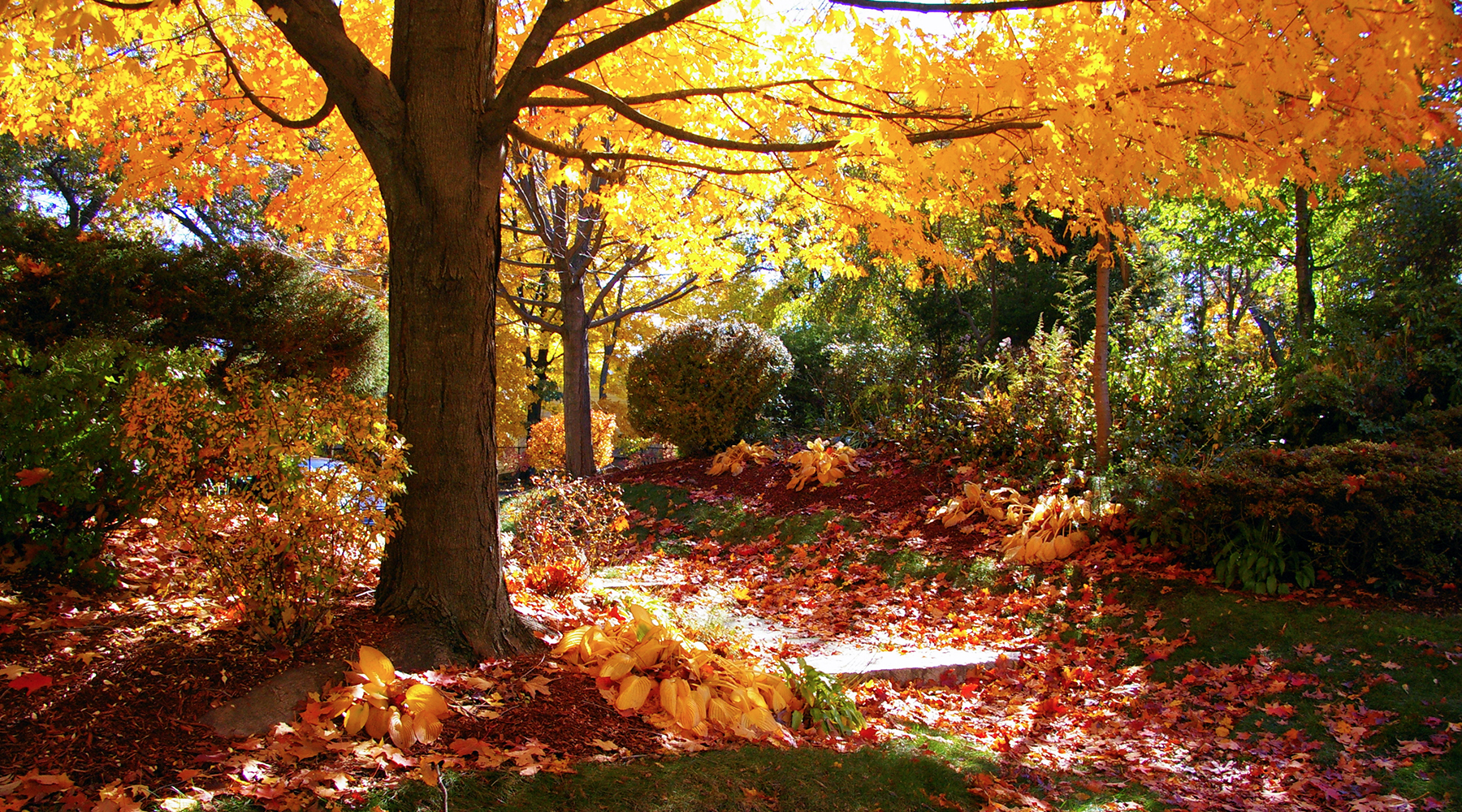Autumn has arrived and we couldn’t be happier to welcome in one of the most beautiful seasons of the year. Alive with vibrant foliage displays of red, gold and orange, pale misty mornings and a delicious crop of fruit and veg, your garden is glorious this month. Not to mention that now the temperature has dropped, it makes rolling your sleeves up and digging in a little easier to manage.
Here is our list of must-do jobs for your September garden.

Savour the flavour
Harvest the last of your homegrown crops. Onions, runner beans, courgettes and potatoes, along with raspberries and apples are all ready to harvest in September and there are dozens of recipes to help you preserve them if your crop is a bumper one! Members of the bean family will freeze well and if you ensure you dry out your garlic bulbs thoroughly, they will also keep in storage. Onion marmalade is a superbly savoury-sweet treat to liven up a festive cheese board, while raspberry jam is the only filling you need for a genuine Victoria sandwich. If you’ve never tried courgette fritters or potato and courgette pancakes, now’s your chance, they’re utterly delicious.

Prep for a colourful spring
Plant spring-flowering bulbs such as daffodils and crocuses, as well as bedding plants, like pansies now and prep your garden for a full-on floral display when winter starts to wane. There is also a wealth of leafy spring vegetables that you can plant in September. Spinach, lettuce, Swiss chard and kale, plus meatier veg like broccoli, carrots and cauliflower will be sure to get your mouth watering come spring.
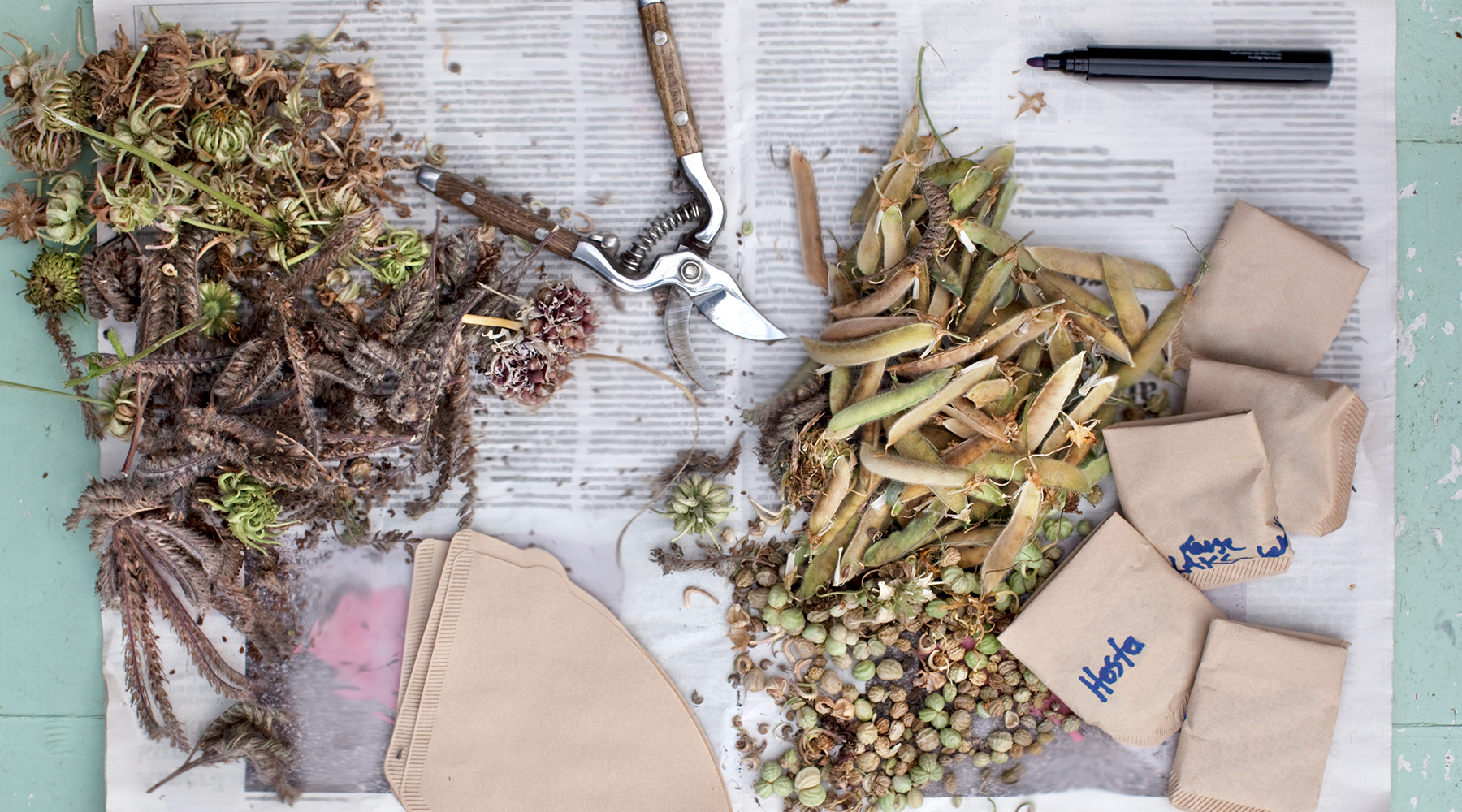
Reap what you sow
Collect seeds from your current plants and sort them into marked containers ready for next season. Shake or scrape the pods and heads to make sure you collect every seed, store them in sealed tins or envelopes to ensure they stay dry, and keep them in a cool dark place, such as a garage, shed, or even your fridge. Hardy annual seeds can be sown now for a gorgeous display in spring, and sowing seeds in autumn often means earlier blooms than if you wait until spring to sow. Poppies, cornflower and Nigella are all great hardy annuals to sow outside this month.
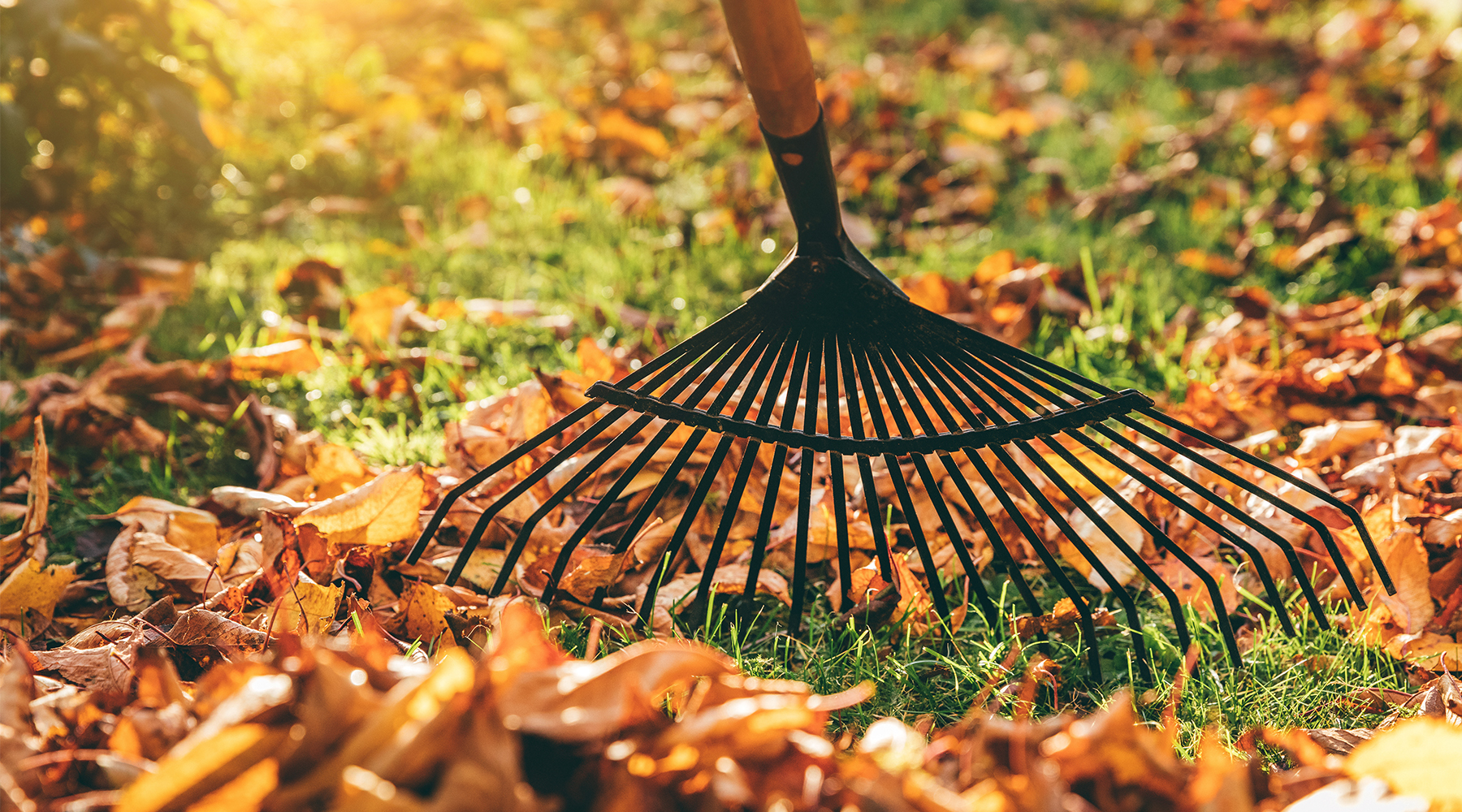
Preen your green
After a summer of entertaining and spending time outdoors, it’s time to give your lawn some much needed TLC to get it back to its gorgeous self. Rake away the falling leaves, thatch and debris, aerate the grass and give it a really good feed with a suitable fertiliser for the season to ensure it grows back lush and strong next year. Trim back the edges where they have overgrown onto the patio or beds and add lawn seed to any sparse or patchy areas to ensure new growth after winter.

Get your greenhouse glowing
Take time to clear out and tidy up your greenhouse ready for the new nursery season. First open the vents and door, empty all the contents out and start from the bottom up. Clean the glass and frames of algae and dirt with warm soapy water removing and preventing growth of mould and mildew. Cleaning the windows will also ensure the most light gets inside and to your plants. Use a water-vinegar solution rather than harsh chemicals to get those panes sparkling. Remember that September can also still have some really warm days so keep on top of watering this month too!
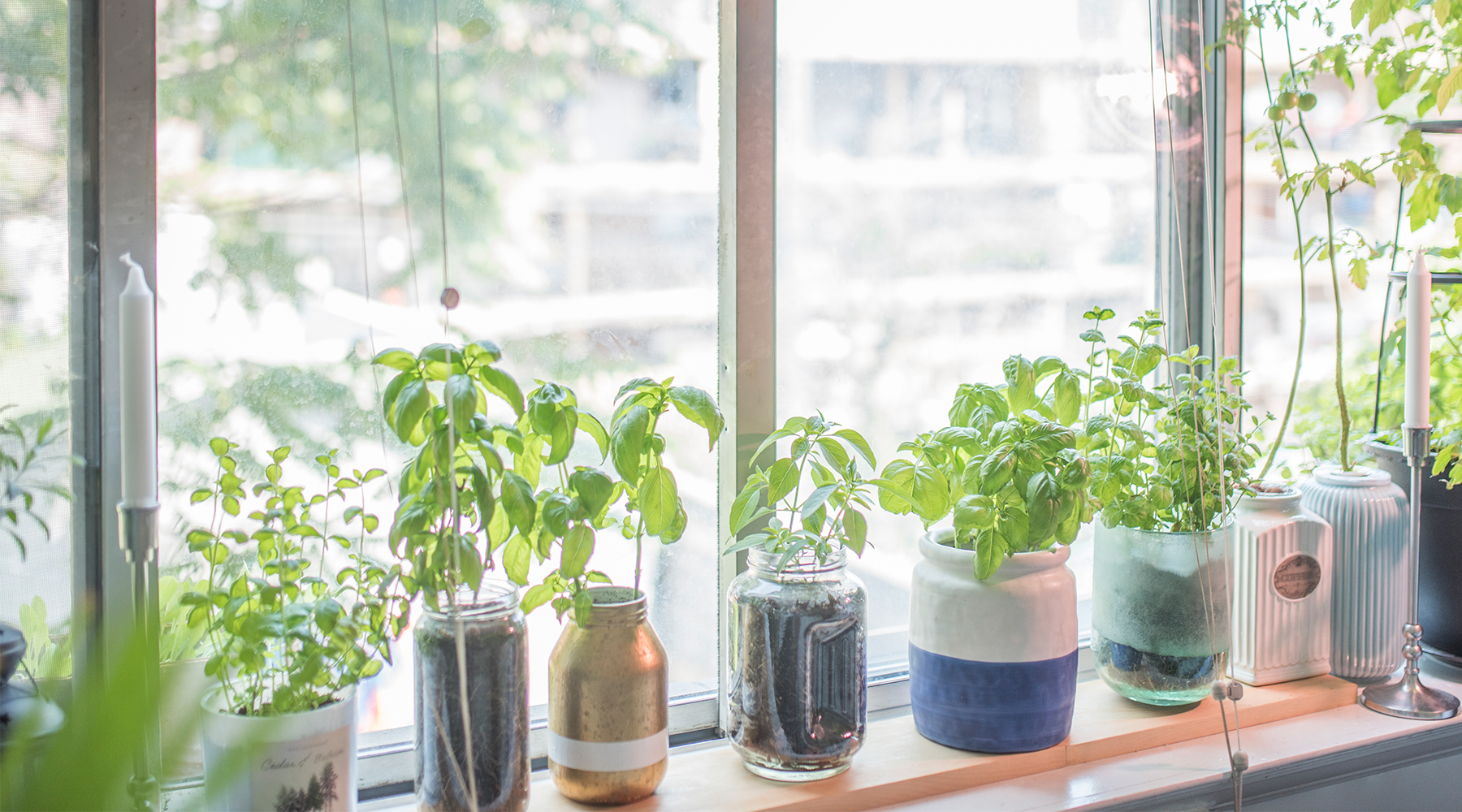
More, more, more
Continue to deadhead the plants in your pots and containers to keep them looking fresh and encourage as many new blooms as possible until the first frosts. To increase your plant stock for next year, divide congested clumps of perennials. Gently work outwards from the crown to divide the plant using your either your hands or garden forks, depending on their size. Some plants send out plantlets so these can be teased out and replanted. As you replant or pot up, water well and mix in some compost to the soil to encourage growth. September is also a great time to propagate cuttings from your tender perennials – keep them in a frost-free environment, preferably on a windowsill inside, as their roots establish.
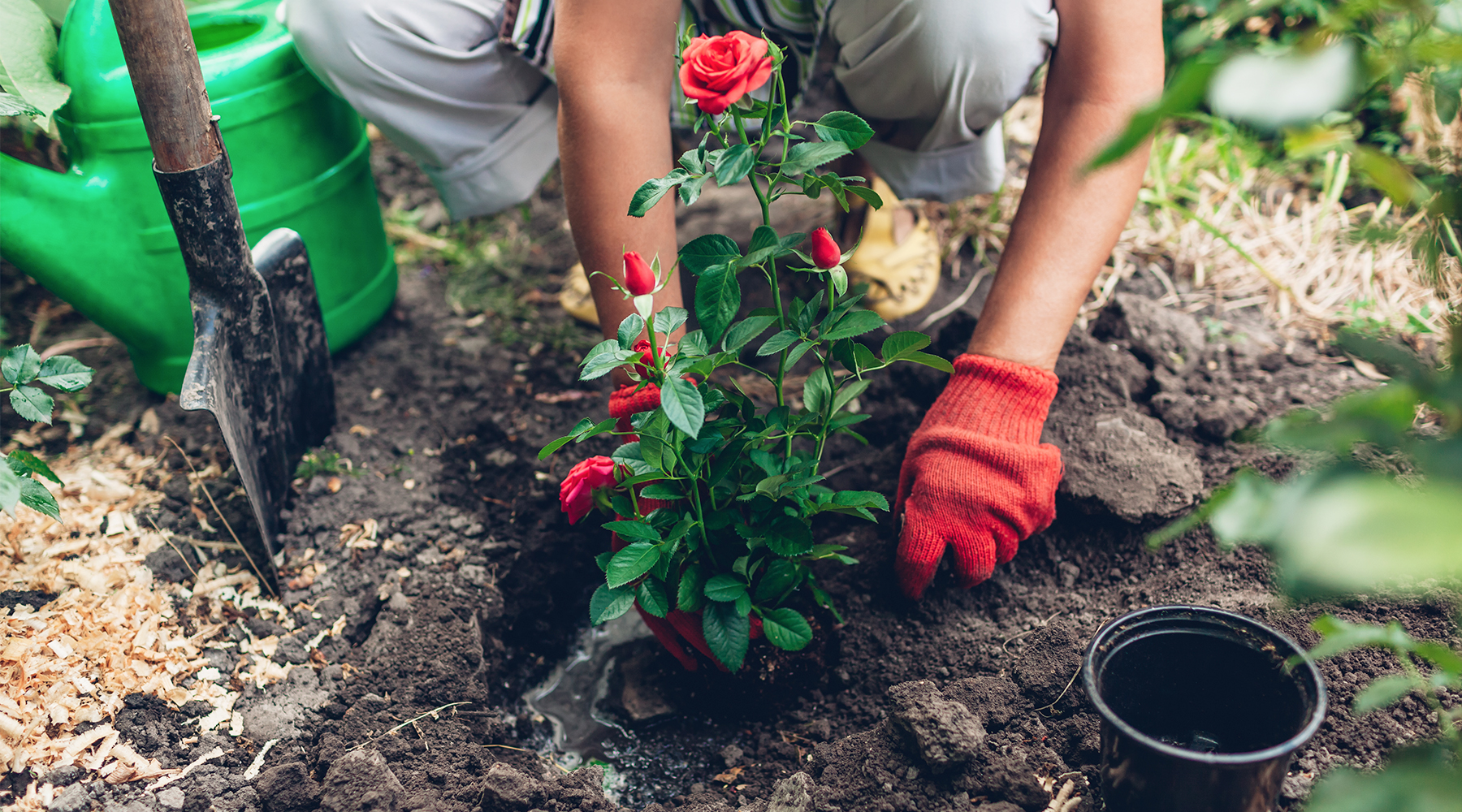
Nourish = flourish!
Add some compost to your soil – adding a layer now will help nourish the soil by the time spring comes around, to leave you with revitalised earth that the plants will flourish in. Autumn is also a good time to fertilise your rose bushes using a special formula to promote root growth rather than foliage. Planting roses is also good to do around the start of September, at least six weeks before the first frosts, to give the roots time to establish themselves before they go dormant over winter.
For more ideas, inspiration, plants, tools and more visit our garden department page now.

